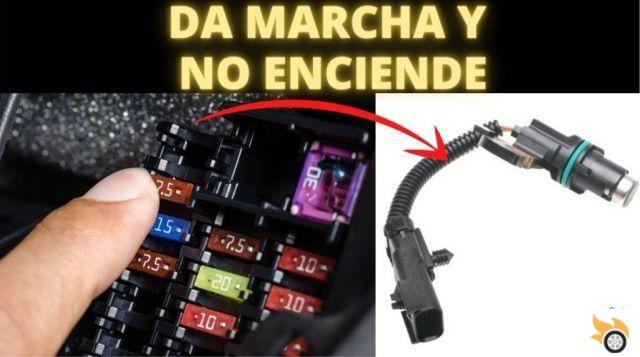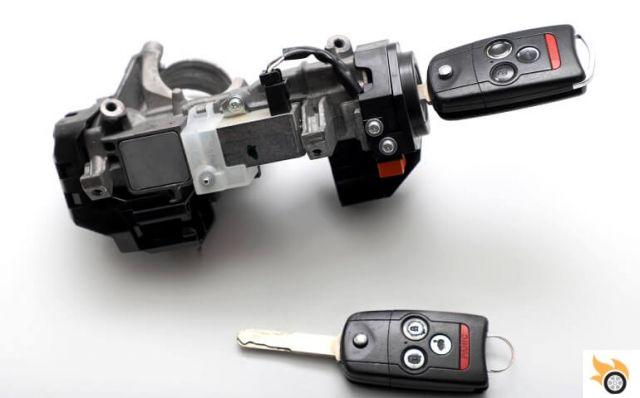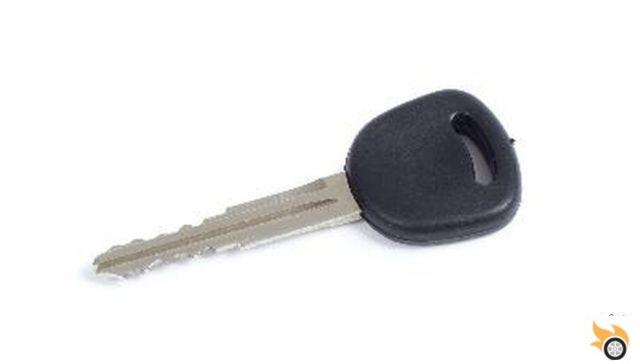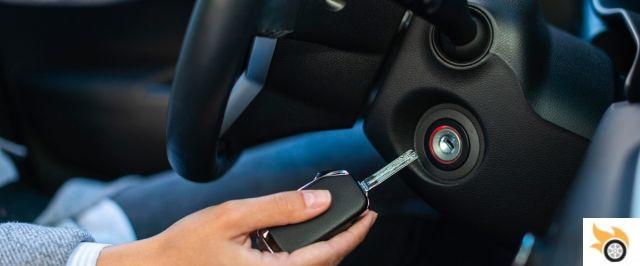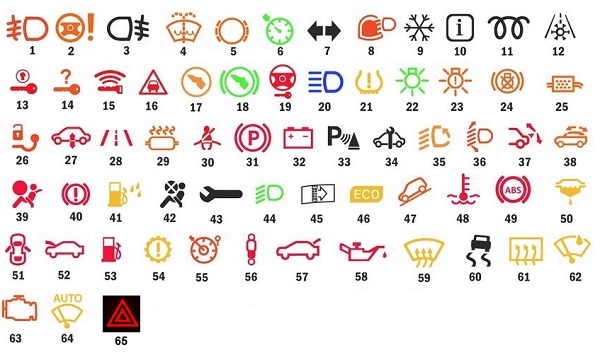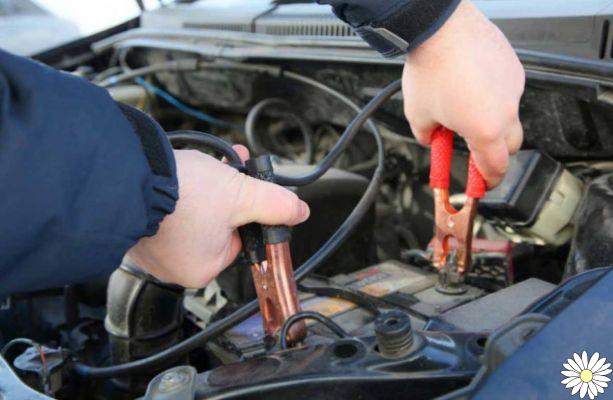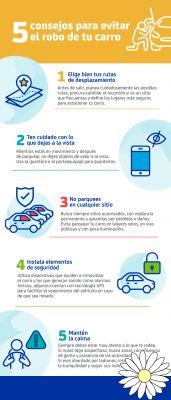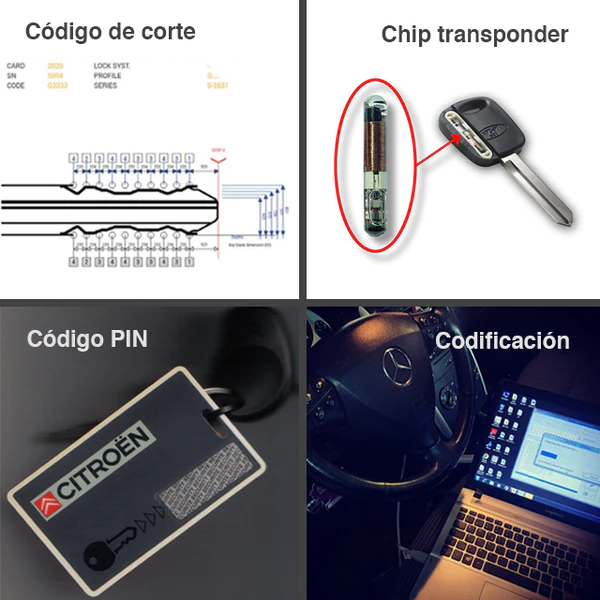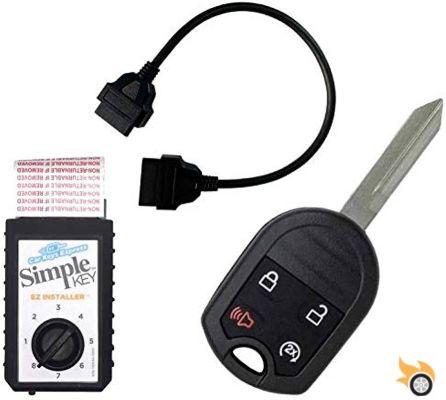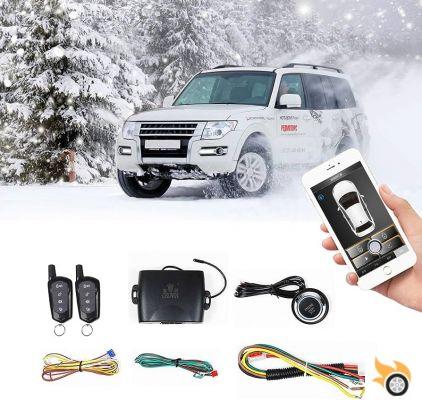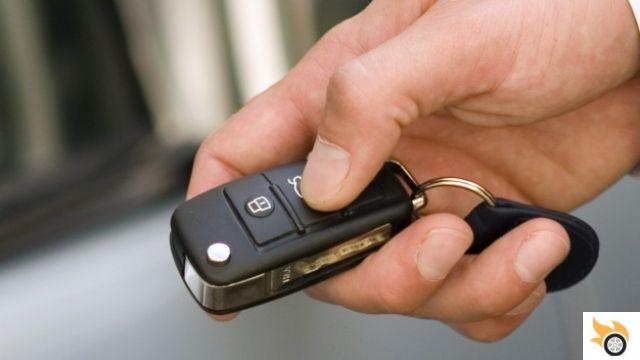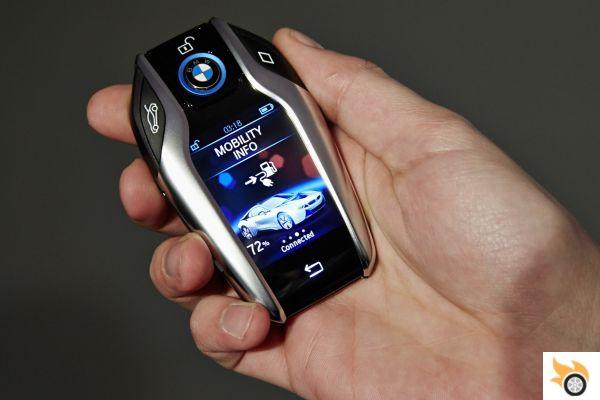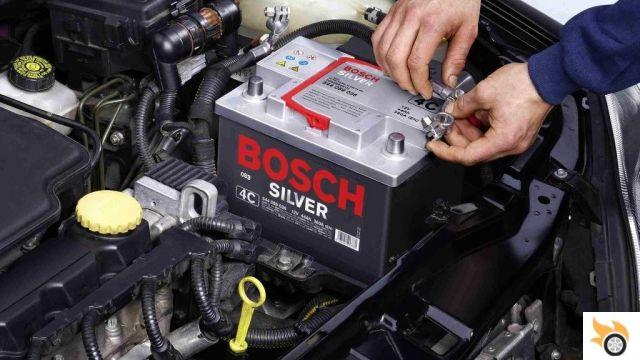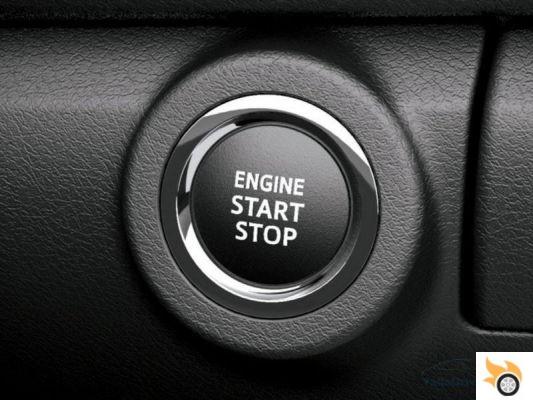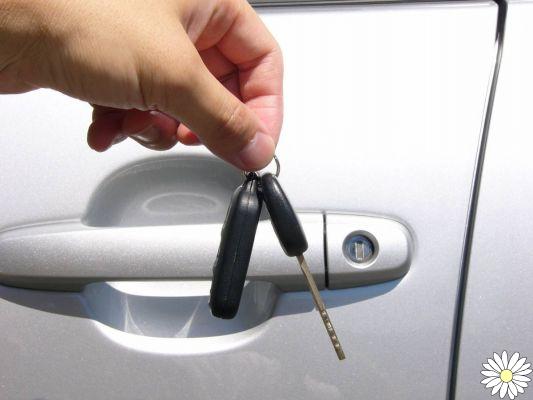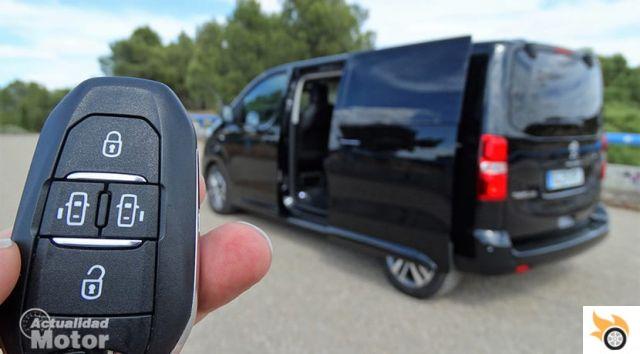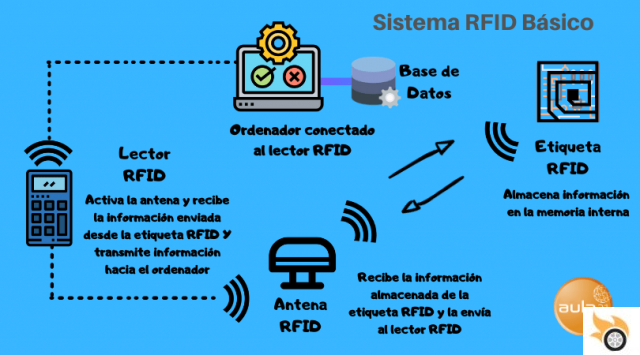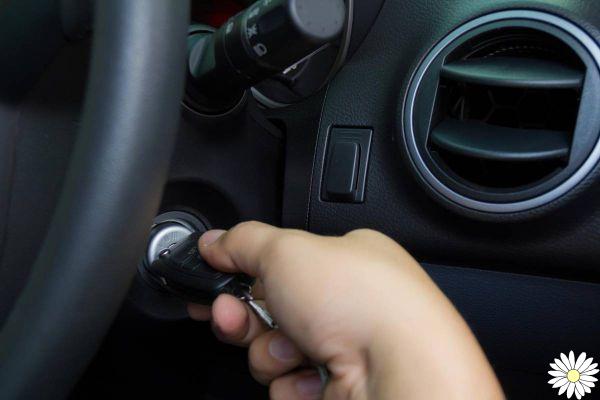
Welcome to our article on how to properly start and stop a car. In this text, we will provide you with useful information and advice, especially if your vehicle is manual. We will give you recommendations and steps to follow, and we will even show you images so you can better understand the process. Keep reading!
car ignition
The ignition of a car is a fundamental task to be able to use it. Next, we will explain the steps you must follow to correctly start your vehicle:
Step 1: Check that the car is in neutral
Before trying to start the car, make sure the gear shift is in neutral. This means that it should not be in any gear. If the car is in gear, you won't be able to start it and you could damage the engine.
Step 2: Insert the key into the ignition
Once you make sure the car is in neutral, insert the key into the ignition. Turn it clockwise until you hear the sound of the engine cranking. If your car is newer and has a keyless start system, simply push the start button.
Step 3: Wait for the engine to start
After turning the key or pressing the ignition button, wait a few seconds for the engine to fully crank. During this time, you will be able to hear the sound of the engine and feel the dash lights come on. Once the engine is running, you will be able to release the ignition key or button.
car shutdown
Shutting down the car is also an important task that you must perform correctly to avoid damage to the engine and other components of the vehicle. Next, we will show you the steps you must follow to turn off your car safely:
Step 1: Bring the car to a complete stop
Before turning off the car, be sure to bring it to a complete stop. If you are on the move, find a safe place to park and stop the car. Do not try to turn off the engine while the car is moving, as this could cause an accident.
Step 2: Put the car in neutral
Once the car is stopped, place the gear shift in neutral. This will allow the engine to disengage from the wheels and prevent the car from moving when you turn it off.
Step 3: Turn the key counterclockwise or press the off button
After you put the car in neutral, turn the key counterclockwise or press the kill button, depending on the type of ignition your vehicle has. You will hear the engine die down and the dash lights gradually dim.
Frequent questions
Can I turn off the car without putting it in neutral?
It is not advisable to turn off the car without putting it in neutral. Doing so will keep the engine coupled to the wheels and could cause jerkiness or even damage to the drive system. Always be sure to put the car in neutral before turning it off.
What should I do if the car won't start?
If the car won't start, there are several possible causes. Verify that the battery is in good condition and that the terminals are clean and correctly adjusted. Also make sure the car is in neutral and the clutch is depressed if your vehicle is manual. If the problem persists, it is advisable to go to a specialized mechanic.
Conclusion
In summary, starting and stopping a car correctly is essential for its proper functioning and to avoid damage. Always remember to check that the car is in neutral before trying to start or stop it. Follow the steps that we have provided and do not forget to go to a mechanic if you have recurring problems. We hope this article has been useful to you!
Thanks for reading us! If you have any questions or comments, feel free to write them below. We will be happy to help you. Until next time!






